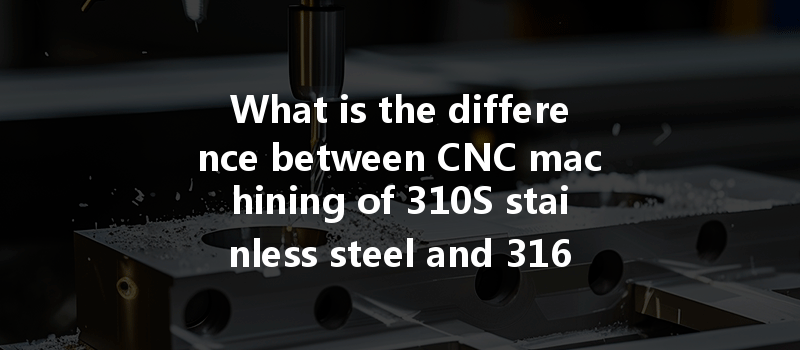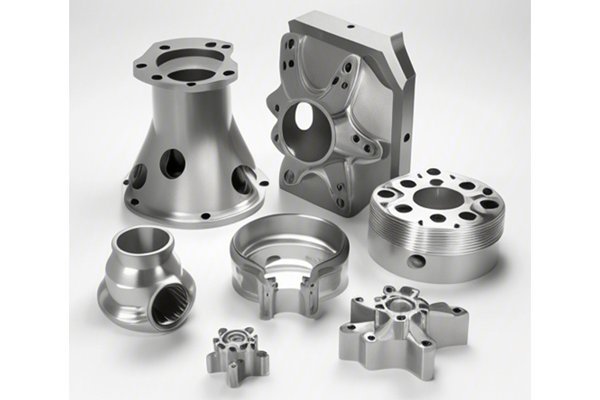Did you know that stainless steel is an alloy composed mainly of iron, carbon, and chromium? The introduction of chromium—generally around 10.5%—to the mix creates a protective film, making stainless steel resistant to corrosion. Among the various types of stainless steel, two grades stand out for their unique properties and applications: 310S and 316 stainless steel.
For manufacturers and engineers, understanding the differences between these two materials is crucial for choosing the right one for specific applications in the realm of precision manufacturing. This blog will dissect the variations in properties, applications, and machining techniques for both 310S and 316 stainless steel, providing insights and detailed solutions for those involved in CNC machining.
Understanding the Basics: What are 310S and 316 Stainless Steel?
To appreciate the differences, it is essential to understand the composition of each grade:
Both stainless steel grades offer admirable characteristics, but they excel in different environments:
These differences are pivotal in determining their suitability for specific applications, and they critically influence CNC machining processes.
The Role of CNC Machining in Precision Manufacturing
CNC (Computer Numerical Control) machining is a subtractive manufacturing process that involves the use of computer-controlled machines to remove material from a workpiece to produce a desired shape. This technology is quintessential for producing complex geometries and maintaining tight tolerances in both 310S and 316 stainless steel.
Importance of Material Selection in CNC Machining
Choosing the right material is paramount in CNC machining for several reasons:
Key Considerations for CNC Machining 310S and 316 Stainless Steel
Understanding the nuances of each parameter is essential for achieving effective and efficient machining outcomes.
CNC Machining Techniques for 310S Stainless Steel
Choosing the appropriate cutting tool is crucial when machining 310S stainless steel, given its toughness and work hardening properties.
Machining 310S can present challenges due to its work-hardening nature and high-temperature stability. Operators must be vigilant about tool wear and adjust parameters to maintain precision.
CNC Machining Techniques for 316 Stainless Steel

Unlike 310S, the cutting tool suitable for 316 stainless steel can accommodate higher cutting speeds due to its ductility and lower work hardening.
316 stainless steel can still present challenges, notably regarding chip control and workpiece deformation. Ensuring robust clamping methods can alleviate these issues.
Comparative Analysis: CNC Machining 310S vs. 316 Stainless Steel
Strength and Durability
Machinability
Cost-Effectiveness
Application Suitability
Detailed Solutions to Common Challenges in CNC Machining
To combat rapid tool wear while machining stainless steel, it is advisable to:
To mitigate the risks of work hardening, consider:
To ensure the final product meets quality expectations, companies should:
In conclusion, both 310S and 316 stainless steel have invaluable roles in the landscape of precision manufacturing, each offering distinct advantages tailored to specific applications. CNC machining these materials can yield exceptional results when the proper techniques, tools, and strategies are assessed and applied.
Ultimately, the choice between 310S and 316 stainless steel hinges on operational requirements, environmental factors, and budget considerations. Understanding each material’s properties and machining nuances can help industry professionals make informed decisions, leading to optimized production processes and superior product outcomes.
This discussion underscores the importance of thoughtful material selection and machining techniques in the CNC landscape. As technology advances and the demand for precision grows, keeping abreast of these vital distinctions facilitates competitive advantages in manufacturing markets. Whether for high-heat or corrosive applications, the right choice of stainless steel grade can be a game-changer for achieving excellence in precision manufacturing.






